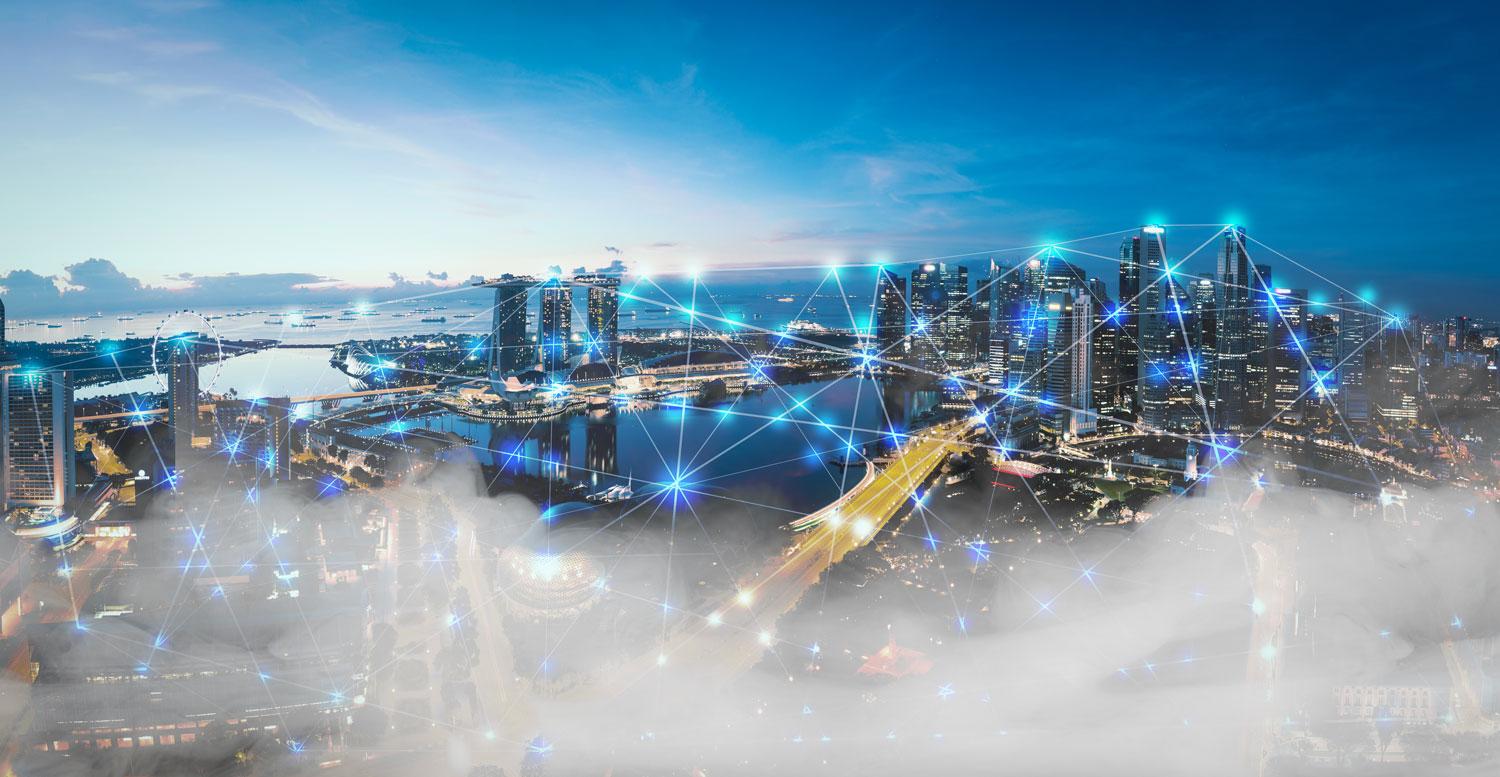What is Critical Infrastructure Protection?
Critical infrastructure refers to the essential services, systems and networks that every modern society depends on daily. This includes sectors like energy, transportation, healthcare, communications, banking and finance, food and water. Any disruption to these vital systems can have severe consequences for public health and safety, national security, the economy and daily life.
Protecting Energy Infrastructure
Energy generation and distribution is a primary focus for Critical Infrastructure Protection efforts. Power plants, electrical grids, oil and gas pipelines are all potential targets. In recent years, sophisticated cyberattacks have sought to infiltrate industrial control systems at energy facilities. Physical threats also exist, as demonstrated by drone incursions near airports that halted flights and caused blackouts at major oil refineries. Securing control rooms, substations and other vulnerable points from both digital and real-world threats is an ongoing challenge. Strategies include monitoring for anomalies, segmenting networks, restricting access and conducting drills to test response capabilities.
Safeguarding Transportation Systems
Another linchpin of modern society is transportation infrastructure like roads, bridges, rail lines, ports and airports. Not only do disruptions delay important shipments and travel, but certain points could be utilized in terrorist scenarios. For instance, cyber interference with air traffic control systems or attacks targeting crowded transportation hubs. Transportation agencies focus on surveillance, screening procedures and technology to detect threats early. Coordination between different modes of transport, like maritime, road and rail is also vital given rising connectivity.
Protecting Communications Networks
Reliable communication networks underpin practically all other critical services. From broadband and cellular technology to emergency response radio systems, outages or intrusions here can have far-reaching consequences. Yet digital infrastructure is increasingly vulnerable to hacks, malware infections and even acts of vandalism or sabotage against physical infrastructure. Steps taken to shore up communications security involve encryption, firewalls, regular software patching, monitoring for unauthorized access and protecting network hardware from tampering or attack. Coordination between government agencies and private sector providers is paramount given most networks are privately owned.
Get More Insights On This Topic: Critical Infrastructure Protection
Explore More Related Topic: Critical Infrastructure Protection
